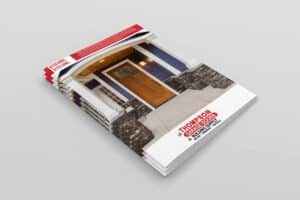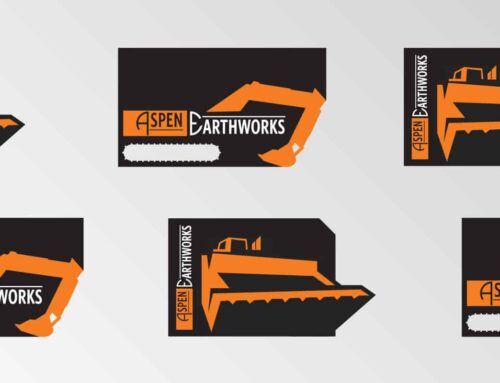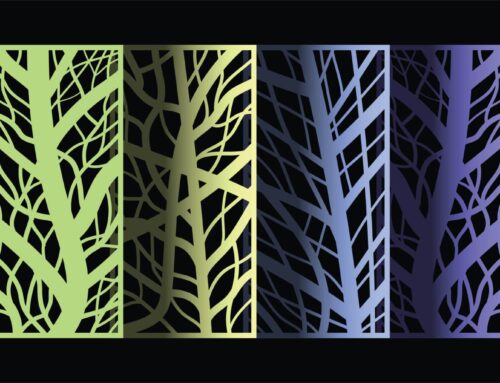When it comes to printing and bookbinding, you can choose from various techniques to bind your precious content. The two most popular options are perfect binding and saddle stitch binding.
But what is perfect binding? And what is a saddle stitch binding?What is a perfect bound book? Most importantly, how can printing companies in my area help me?
If you’re harboring these concerns, let us put them to rest.
Both methods have their own unique characteristics and advantages, and in this blog post, we will explore them to help you make an informed decision regarding perfect binding vs saddle stitch.
We will also delve into the key factors that matter when choosing the right binding method for your specific project.
So, let’s dive into the world of bookbinding and discover whether perfect bound or saddle stitch is best for you.

Table of Content
Understanding Different Bookbinding Techniques
Perfect Bound Books
Saddle Stitch Binding
Perfect Bound vs. Saddle Stitch: Pros and Cons
When to Choose Perfect Binding?
When to Choose Saddle Stitch Binding?
Understanding Different Bookbinding Techniques
Before we get into the perfect bound vs saddle stitch books debate, it’s essential to understand the concept of bookbinding itself. Bookbinding is the process of assembling and securing the pages of a book, creating a finished product that can be easily read, stored, and transported. The choice of binding method plays a significant role in the final appearance and functionality of the book.
Perfect Bound Books
What is a Perfect Bound Book?
Perfect binding, often referred to as adhesive binding, is a technique that involves gluing the pages together along the spine with a strong adhesive. Perfect binding results in a clean, professional-looking square spine, making it a popular choice for paperbacks, magazines, and catalogs.
Characteristics of Perfect Bound Books
Perfect bound books have a sleek and modern appearance. Perfect binding is well-suited for books with higher page counts, typically ranging from 80 to 300 pages. The flat spine allows for easy printing of titles and designs. Perfect bound books lay flat when opened, making them user-friendly.
What is Perfect Bound:Advantages of Perfect Bound Books
- Suitable for longer books
- Professional and clean appearance
- Easy to print on the spine
- Ideal for magazines and catalogs
Now that you know what is perfect binding and what is a perfect bound book, it’s time to understand what is a saddle stitch binding. You should then be able to make better sense of the perfect binding vs saddle stitch conundrum. Read on!
Saddle Stitch Binding
What is Saddle Stitch Binding?
Saddle stitch binding involves folding a set of pages in half and stapling them through the fold or spine. This creates a booklet with a visible staple or stitches along the spine. Saddle stitch binding is commonly used for brochures, booklets, and small publications.
Characteristics of Saddle Stitch Bound Books
Ask any printing company in your area, and they’ll tell you that saddle stitch bound books have a more traditional and compact appearance. They are best suited for shorter publications with a page count of 8 to 64 pages. This method allows for easy reading and handling, making it a great choice for instructional manuals or event programs.
Advantages of Saddle Stitch Binding
- Cost-effective for shorter publications
- Compact and easy to handle
- Suitable for booklets and brochures
- Quick turnaround time for printing
Perfect Bound vs. Saddle Stitch: Pros and Cons
To help you decide between perfect bound and saddle stitch binding, let’s weigh the pros and cons of each method:
Perfect Bound Books
Pros:
- Ideal for longer books
- Professional appearance
- Suitable for magazines and catalogs
Cons:
- Not cost-effective for very short publications
- Less traditional in appearance
Saddle Stitch Bound Books
Pros:
- Cost-effective for shorter publications
- Compact and user-friendly
- Suitable for booklets and brochures
Cons:
- Not suitable for longer books
- Limited spine printing options
When to Choose Perfect Binding?
So what should you go for from among the perfect bound vs saddle stitch options?
Perfect binding is an excellent choice when you have a substantial amount of content to bind. It is ideal for novels, magazines, catalogs, or any publication with a higher page count. Additionally, if you want a modern and professional look, perfect binding is the way to go.
When to Choose Saddle Stitch Binding?
Saddle stitch binding is perfect for shorter publications, especially when you need to distribute instructional manuals, event programs, or brochures. It’s a cost-effective choice, and its compact size makes it easy to carry and read.
Cost Considerations
When it comes to cost, perfect binding tends to be more expensive than saddle stitch binding, especially for shorter publications. Consider your budget and the nature of your project when making a decision.
Quality and Durability
Perfect bound books offer excellent durability and a sleek appearance. However, saddle stitch binding can be less durable for longer books or publications subjected to heavy use. The quality and durability of your bookbinding choice will depend on your specific needs.
Printers and Printing Companies
Selecting the right printer is crucial for the success of your project. Look for a printing company in your area that specializes in the binding method you choose. Web Tech Tips is an excellent resource for finding reliable printing companies for all your printing needs, including tech, web, and gaming-related projects.
Conclusion
In the end, the choice between perfect bound and saddle stitch binding depends on your project’s requirements. Perfect binding offers a modern and professional look, ideal for longer publications, while saddle stitch binding is a cost-effective choice for shorter, compact booklets. Consider your content, budget, and durability needs to make the right decision. Remember to choose a reputable printing company to bring your vision to life.





